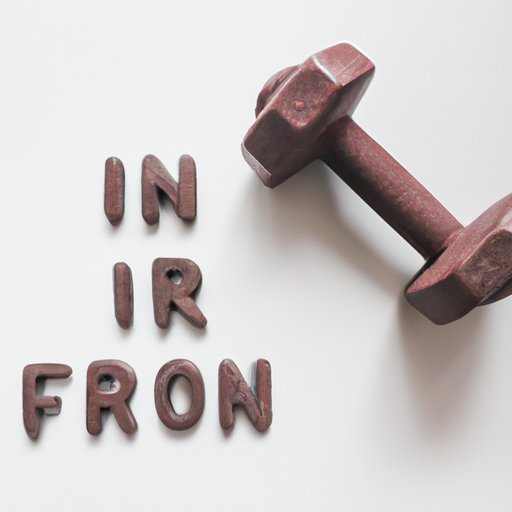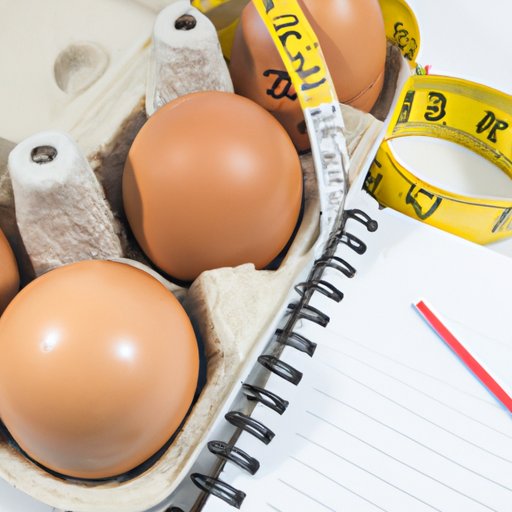
Introduction
Hemorrhoids are a common condition that affects many people across the world. Although they are a prevalent issue, they can be bothersome and uncomfortable if left untreated. In this article, we will guide you on how to know if you have hemorrhoids, offer tips on self-diagnosing and identifying symptoms, provide insights on different types of hemorrhoids and their symptoms, and share with you effective at-home remedies to relieve hemorrhoid symptoms. We will also tackle the importance of seeking professional medical advice and consulting a doctor when necessary.
10 Signs That Could Indicate You Have a Hemorrhoid
If you experience discomfort and pain in the rectal area, it could be a symptom of hemorrhoids. However, here are ten more signs that could indicate you have a hemorrhoid:
- Bleeding from the rectum or anus
- Itching or irritation around the anal area
- Pain or discomfort while sitting
- A lump or swelling in the anus
- A discharge of mucous in the rectal area
- Fecal leakage or staining on your underwear
- Sensitivity and pain during bowel movement
- A feeling of incomplete bowel movements
- Anal pain or discomfort
- Swelling around the anal area
It is essential to remember that having one or more of these symptoms does not necessarily mean you have a hemorrhoid. However, if you experience any of these symptoms persistently, it is recommended that you seek professional medical advice and get appropriate treatment.
How to Self-Diagnose a Hemorrhoid: A Step-by-Step Guide
Self-diagnosing hemorrhoids should be done carefully and vigilantly to ensure that you get the right treatment. Here is a step-by-step guide to self-diagnosing hemorrhoids:
- Inspect the rectal area by standing in front of a mirror and examining the area around the anus, checking for any swelling, lumps, or discoloration.
- Palpate the anal area gently to check for bumps or lumps and pain or tenderness.
- Touch the anal area lightly and feel for a tender lump inside the anus.
- Use a cotton swab to clean the anal area gently, examining for any sign of bleeding.
- Monitor your stool consistency, frequency, and bowel movements for any changes and report any medical professional changes in bowel movements.
If you have any concerns or feel unsure about the self-diagnosis, it is important to seek medical advice and consult a doctor.
When to See a Doctor for a Hemorrhoid: Symptoms You Shouldn’t Ignore
Although hemorrhoids are a common issue, it is essential to seek medical attention when certain symptoms occur. Here are some symptoms you should not ignore and when to seek medical attention:
- Bleeding from the rectum that continues for more than a week
- Severe pain or discomfort
- A lump in the anus that is painful and doesn’t go away
- A swelling around the anus
- Difficulty controlling bowel movements
Ignoring these symptoms could lead to more severe complications, such as thrombosis, and anemia, among others. It is essential to seek medical attention promptly and get adequate treatment.
Top 5 At-Home Remedies for Hemorrhoid Relief
Here are the five most effective at-home remedies for relieving hemorrhoid symptoms:
- Over-the-counter creams or ointments containing hydrocortisone, which can help relieve itching and inflammation.
- Taking sitz baths, which involve soaking the anal area in warm water to reduce inflammation and irritation.
- Using a cold compress to reduce swelling and discomfort
- Including a high-fiber diet that can help prevent constipation and reduce straining during bowel movements
- Staying active, exercising regularly, and taking short walks to help improve bowel movements and reduce stress
It is important to note that these at-home remedies may not work for everyone and may not be a long-term solution. If symptoms persist, it is recommended that you seek professional medical advice and get appropriate treatment.
Understanding the Different Types of Hemorrhoids and Their Symptoms
There are two types of hemorrhoids: internal and external. Here are the unique symptoms associated with each type:
Internal Hemorrhoids
- Bleeding during bowel movements
- Prolapse of the hemorrhoid, which is a painful or uncomfortable lump that protrudes from the anus
External Hemorrhoids
- Itching or discomfort around the anus
- A painful swelling or lump around the anus
- Bleeding from the anus
It is important to identify which type of hemorrhoid you have, as the treatment may vary.
Hemorrhoid or Fissure? How to Tell the Difference
Hemorrhoids and fissures share similar symptoms, making it difficult to differentiate. Here are the differences between the two:
| Hemorrhoids | Fissures |
|---|---|
| Bleeding occurs with hemorrhoids | Bleeding is less common with fissures |
| Causes itching or irritation around the anus | Causes severe pain around the anus |
| Usually occur in the rectal area | Are specific to the anus area |
It is essential to seek professional medical advice and get an accurate diagnosis if you are experiencing any pain or discomfort in the rectal area.
Experiencing Discomfort ‘Down There’? Here’s How to Find Out If It’s a Hemorrhoid
If you are experiencing any discomfort in the rectal or anal area, here are the steps you should take:
- Self-diagnose by following the step-by-step guide to identifying symptoms.
- Try at-home remedies to relieve mild hemorrhoid symptoms.
- Consult a doctor or medical professional for appropriate treatment and diagnosis.
- Practice good pelvic health by staying active, eating a high-fiber diet, and avoiding straining during bowel movements.
It is essential to seek professional medical advice if symptoms persist or if there is a feeling of uncertainty about your self-diagnosis.
Conclusion
Hemorrhoids are a common condition that can be uncomfortable and bothersome when left untreated. This comprehensive guide has provided you with an overview of useful tips on how to know if you have hemorrhoids, self-diagnosing and identifying symptoms, different types of hemorrhoids, and their symptoms, effective at-home remedies, and understanding fissures. Remember to seek medical attention and consult a doctor when necessary and practice good pelvic health to prevent future hemorrhoids.


